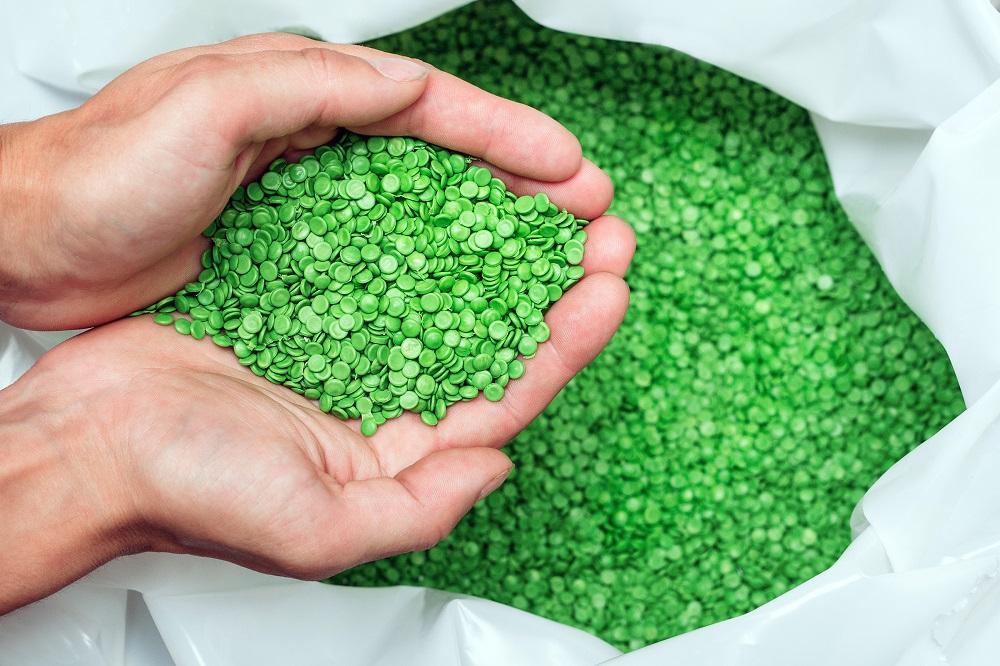Bioplastic composites are sustainable materials made from renewable plant-based resources like cassava, sugarcane or corn starch. They are used to manufacture a variety of plastic products through injection molding including packaging, textiles, automotive components and 3D printing filaments. Injection molding is a highly productive manufacturing process that melts and injects bioplastic composite pellets into a mold cavity to produce complex parts with tight tolerances. The global bioplastic composites market for injection molding is estimated to be valued at US$ 40.23 Bn in 2023 and is expected to exhibit a CAGR of 11.1% over the forecast period 2023 to 2030, as highlighted in a new report published by Coherent Market Insights.
Market Dynamics:
One of the key drivers for the growth of bioplastic composites market for injection molding is the growing demand for environmentally friendly materials from packaging and automotive industries. Bioplastic composites are more sustainable than conventional plastics as they are derived from renewable plant-based sources and many have the ability to biodegrade at the end of product lifecycle. Injection molded bioplastic composite parts also enable manufacturers to reduce their carbon footprint. Additionally, bioplastics exhibit properties comparable to traditional plastics such as strength and durability. The versatility of injection molding process makes bioplastic composites suitable for mass production of various products. Thus, the growing environmental consciousness among consumers and industries has significantly contributed to the rising adoption of bioplastic composites.
Increasing fossil fuel prices coupled with supply concerns is another major factor spurring the demand for renewable and sustainable bioplastic composites. While conventional plastics are petroleum-based, bioplastics are plant-derived which insulates producers and consumers from volatility in crude oil prices. They provide long-term price stability for plastic products. The energy security offered by bioplastics further enhancing their commercialization.
SWOT Analysis
Strength: Bioplastic composites have excellent biodegradability and sustainability which reduces environmental footprint. They provide comparable mechanical properties to traditional plastics. Increased usage of bio-based materials in bioplastic composites enhances their recyclability.
Weakness: High production costs of bioplastic composites limit their applications. Availability of raw materials is limited which influences manufacturing processes.
Opportunity: Growing consumer demand for eco-friendly products will boost the market for bioplastic composites. Development of advanced technologies is expected to lower production costs and improve material properties.
Threats: Stringent regulatory framework around plastic waste management poses challenges. Volatility in raw material prices can impact the overall costs.
Key Takeaways
The Global Bioplastic Composites Market Demand is expected to witness high growth.
Regional analysis: The Asia Pacific region is currently the fastest growing as well as dominating regional market for bioplastic composites. Countries like China, India, Japan, and South Korea are major contributors to rising demand. Wide availability of raw materials and lenient regulations have supported regional manufacturers to set up production facilities. Moreover, initiatives by governments towards sustainability coupled with investment in R&D are factors expected to strengthen the market position of Asia Pacific.
Key players operating in the bioplastic composites market for injection molding are Linde Plc, Air Liquide, Engie, Uniper Se, Air Products Inc, Clean Hydrogen System, Cummins Inc., Toshiba Energy Systems & Solutions Corporation, Nel Asa, and Sgh2 Energy. Linde Plc and Air Liquide dominate the global market with innovative product offerings and strategic expansions across regions.
For more insights, Read- https://www.ukwebwire.com/bioplastic-composites-market-trends-size-and-share-analysis/
